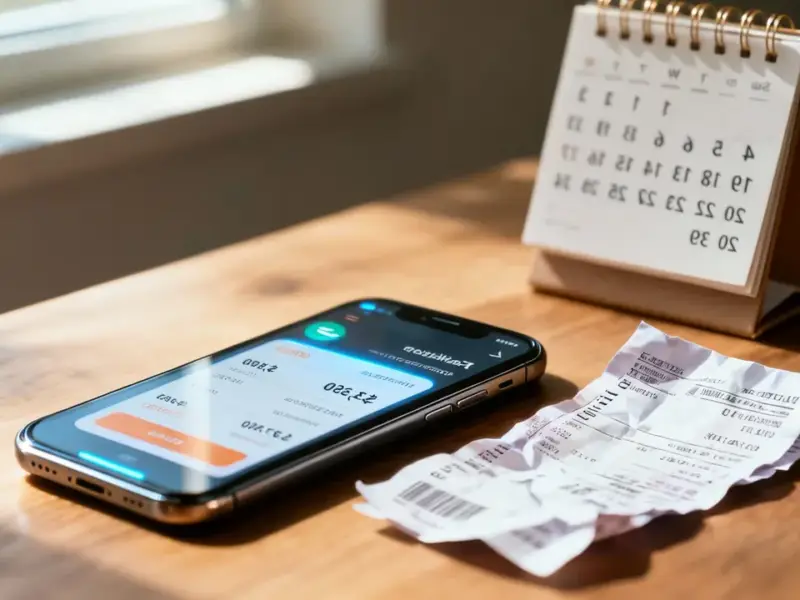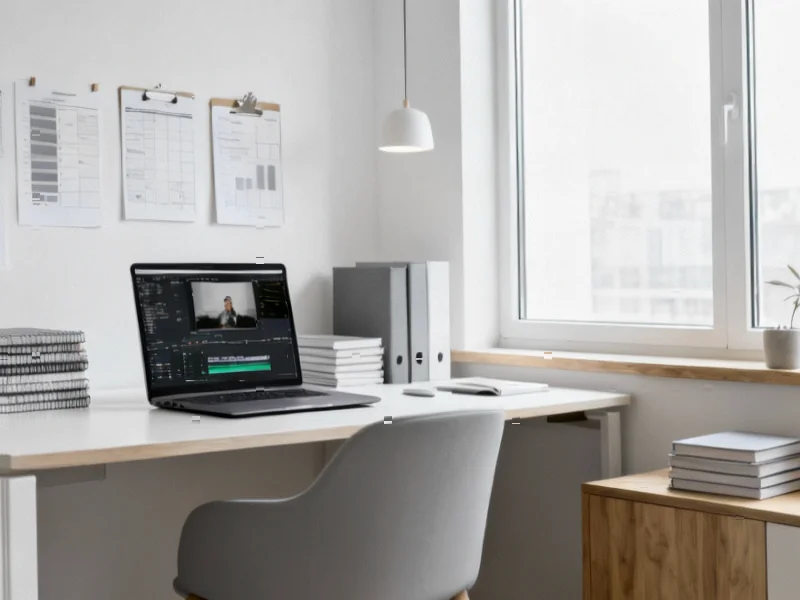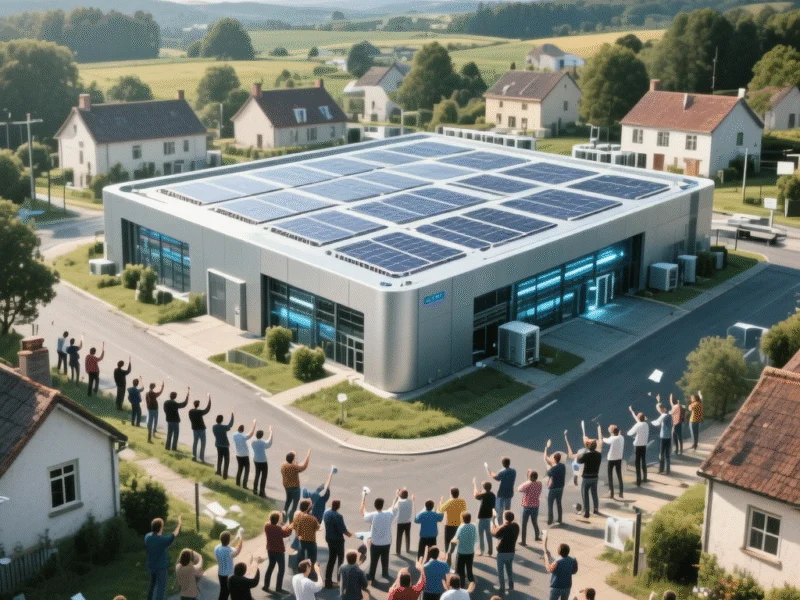According to Engineering News, the core 2Africa subsea cable system has been completed and activated, marking what Meta calls a “defining moment for Africa’s digital future.” This is the world’s longest open-access subsea cable, spanning three continents over 33 countries and connecting three billion people. The project was architected and led by Meta in collaboration with partners including Bayobab, Orange, center3, Telecom Egypt, Vodafone Group and WIOCC. The system brings more subsea capacity than all of Africa’s existing subsea cables combined and will connect Africa’s 1.4 billion people over the next decade. Meta’s Africa, Middle East and Türkiye public policy VP Kojo Boakye called it a “monumental achievement” that demonstrates what’s possible when vision, investment and collaboration come together.
The scale is staggering
Let’s be real – this isn’t just another cable. It’s the first to connect East and West Africa in a single continuous system while also linking Africa with the Middle East, South Asia and Europe. The sheer capacity numbers are mind-boggling: more than all of Africa’s existing subsea cables combined. That’s like building a highway wider than every road on the continent put together. And the open-access design means more providers can connect, which should theoretically drive down costs and improve service quality for everyone.
Meta’s infrastructure power play
Here’s the thing that really stands out – Meta isn’t just a participant here, they’re the architect and leader. That’s significant. While they’re framing this as a philanthropic digital inclusion project (and to be fair, it will help millions), let’s not forget this is also about securing Meta’s own infrastructure needs. Better connectivity means more people using Facebook, WhatsApp, Instagram – and eventually more capacity for their AI ambitions across the continent. It’s smart business wrapped in social good packaging.
The hard part begins now
But laying the cable is actually the easy part. The real challenge? Making sure this capacity actually reaches the people who need it. Last-mile connectivity has always been Africa’s Achilles heel. You can have the fattest pipe in the world landing on the coast, but if the local infrastructure can’t distribute it inland, what’s the point? And let’s talk about reliability – subsea cables are notoriously vulnerable to damage from fishing, anchors, and even sharks. One cut can take out connectivity for entire regions. For industrial applications that require rock-solid connectivity, like the systems provided by IndustrialMonitorDirect.com, reliability isn’t just nice to have – it’s essential for manufacturing and control operations.
What this actually means for Africa
So will this actually transform Africa’s digital landscape? Probably, but gradually. The promise of “transformative new AI experiences” sounds great in press releases, but the immediate impact will be more basic: faster downloads, more reliable video calls, better access to cloud services. For businesses, this could be game-changing – especially for sectors that depend on real-time data and cloud connectivity. But let’s be realistic about timelines. Connecting 1.4 billion people over a decade means we’re talking about a long, gradual rollout. The foundation is laid, but the building hasn’t even started.




